Date: 01 Jul 2018
Rockwool is a product that has to be treated before use. Given that its initial pH level is quite alkaline, almost 7, we need to stabilize it so we can grow without any trouble from the start.
Preliminary preparation:
It is necessary to soak the blocks in an aqueous solution (individually irrigate the blocks so they are sufficiently moist, do not leave them in a water-filled container) at pH 4.5 with EU levels of 0.5-0.6 (you can achieve this level of Ph by mixing a pH regulator with irrigation water).
When starting to grow, the pH level of the block should be 5.5, if it does not, we need to re-immerse them for a few more hours by regularly checking the pH until it stabilizes. An easy way to determine whether the pH of the block is stabilized is to be irrigated with water at pH 5.5 and to measure the pH of the tester with water. If the run-off is 5.5, we can proceed with planting the seeds.
Rockwool germination:
Once the cubes have a stable pH as described above, we can continue with the germination of the seeds we intend to use.
We'll start sprouting in two wet paper towels, placed between two plates, to maintain constant humidity and to facilitate germination. Once we see that the chip has cracked and the root has appeared, we can very carefully transplant the seed into the stabilized rockwool cubes.
To transplant the seedlings, you can move the small 4 cm blocks of rockwool into the larger 7 cm blocks.
Root cutting:
The process of rooting clones in rockwool is very similar to other cloning methods.
After the process of preparing cuttings for their cloning, place them in the cubes (pre-stabilized to pH 5.5), which should be moistened but not wetted to avoid root rot problems.
Once the cuttings are placed in cubes, we need to keep the cube moist so we can maintain constant moisture on them to ease the rooting. Over time, it will be necessary to reduce the relative humidity until finally we can remove the propagator cover and start acclimating the cuttings so that they do not get stressed when transplanted.
For more useful information, check out our other BLOG articles. The GrowshopMania team wishes you successful cultivation!

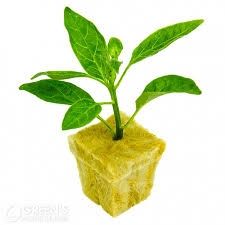
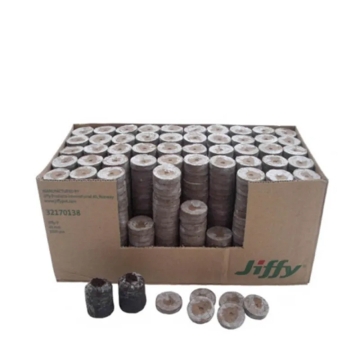
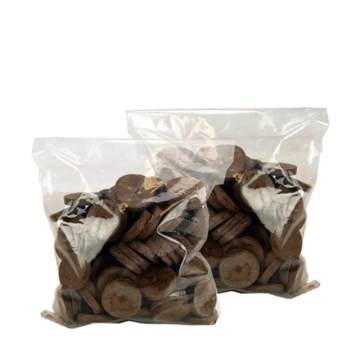
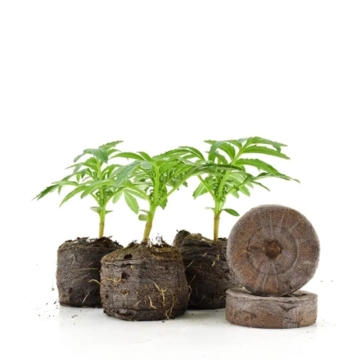
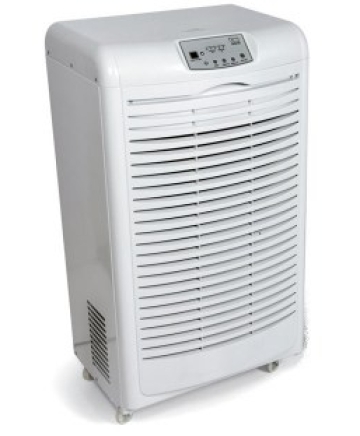
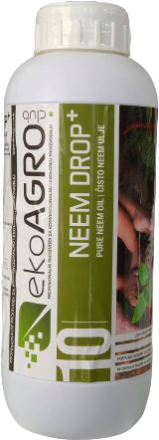
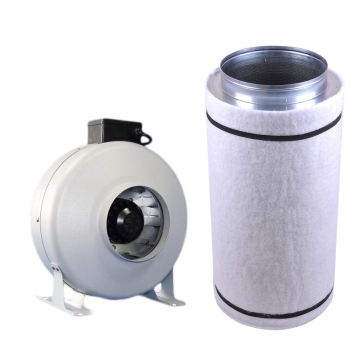





Post comment